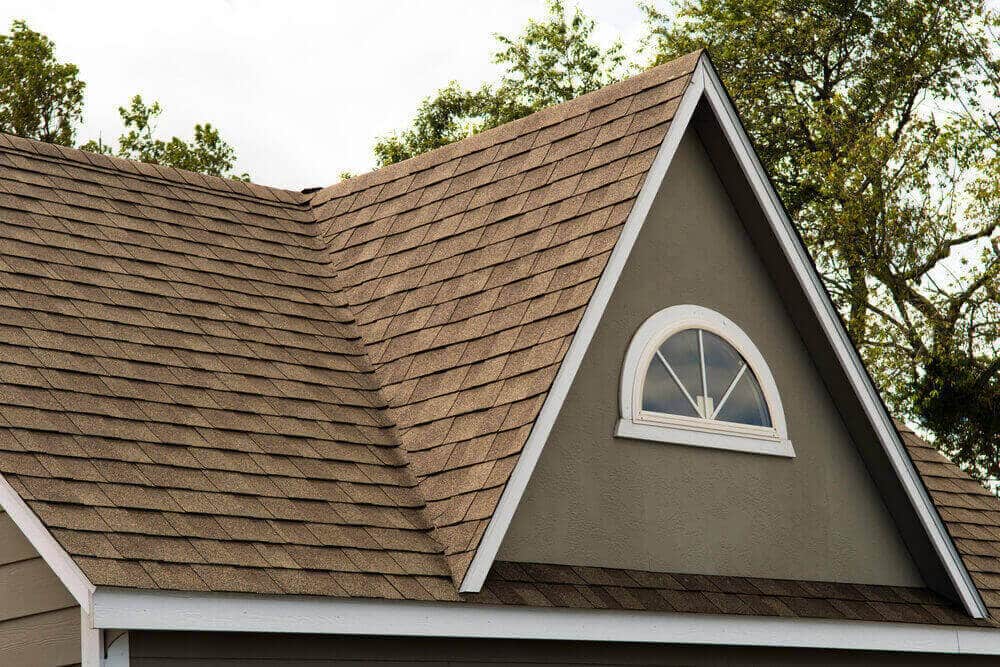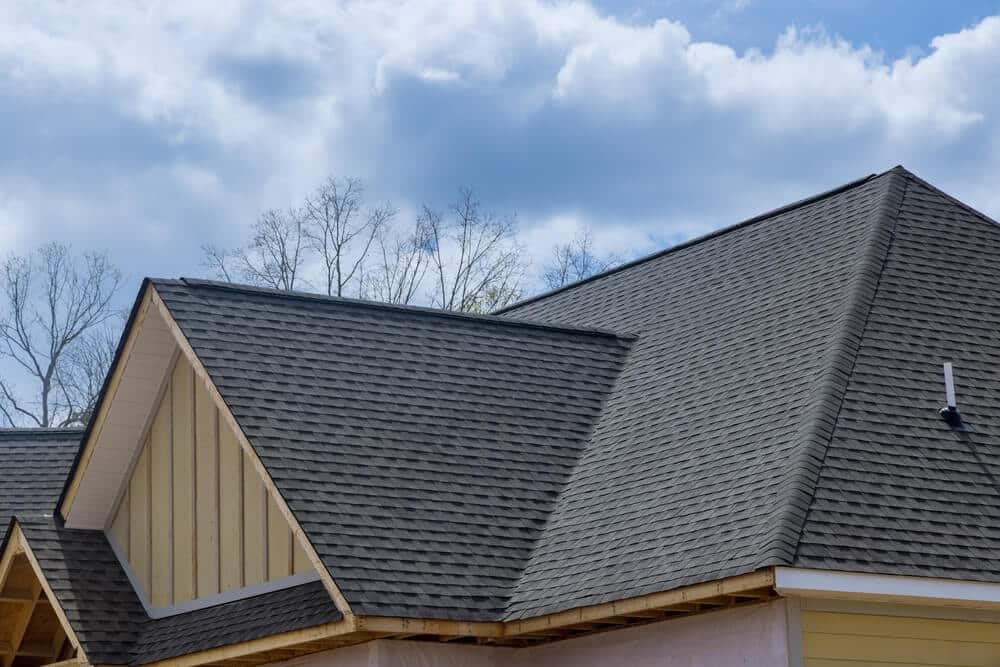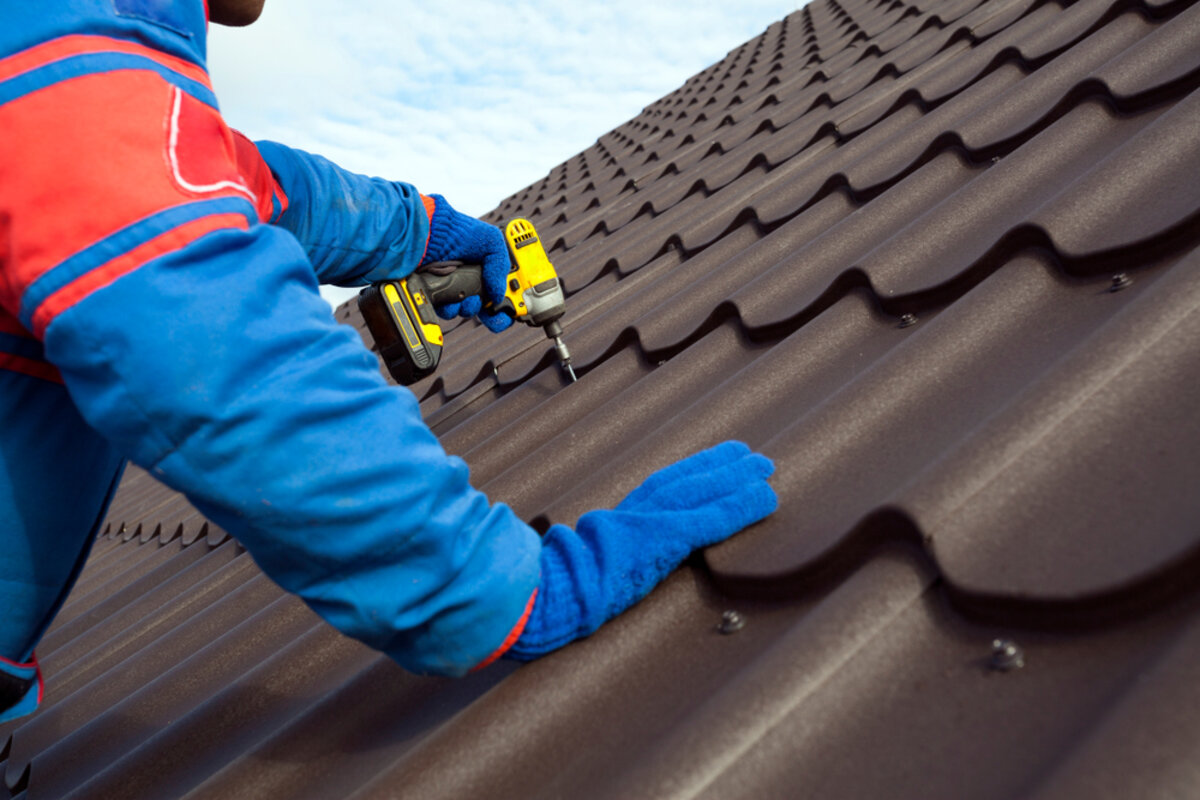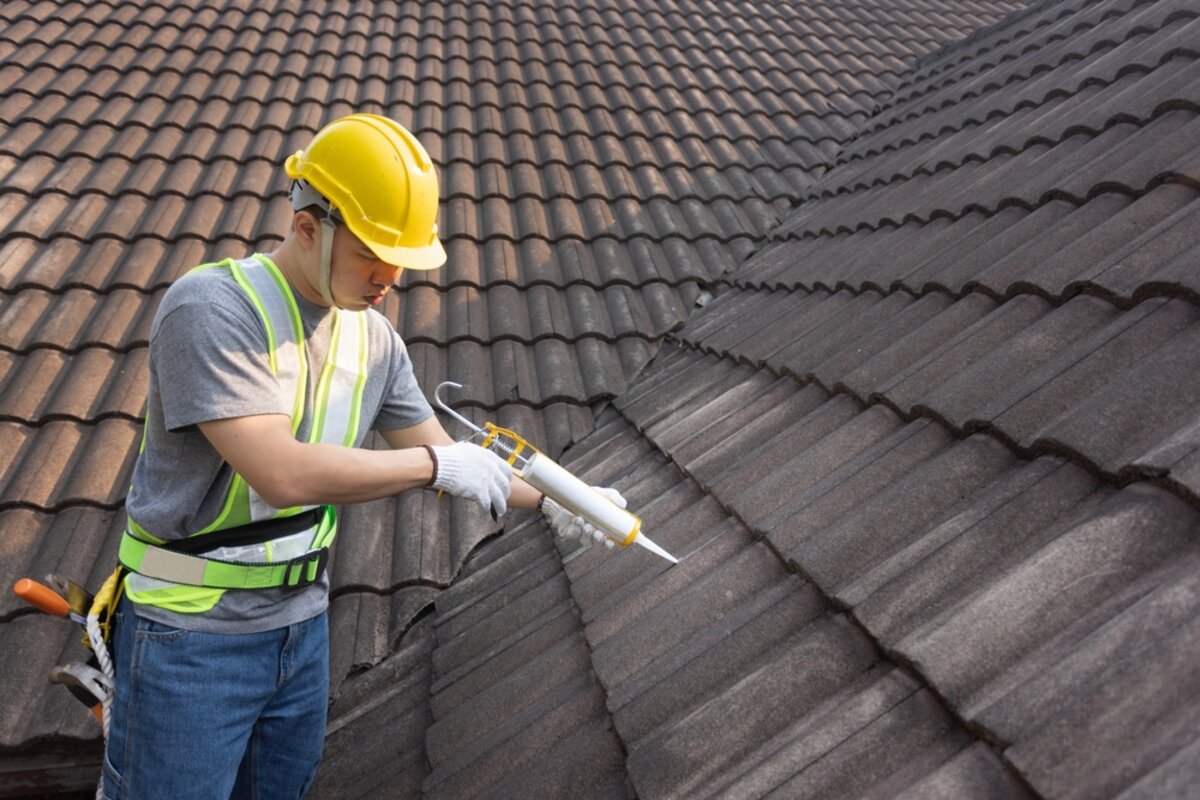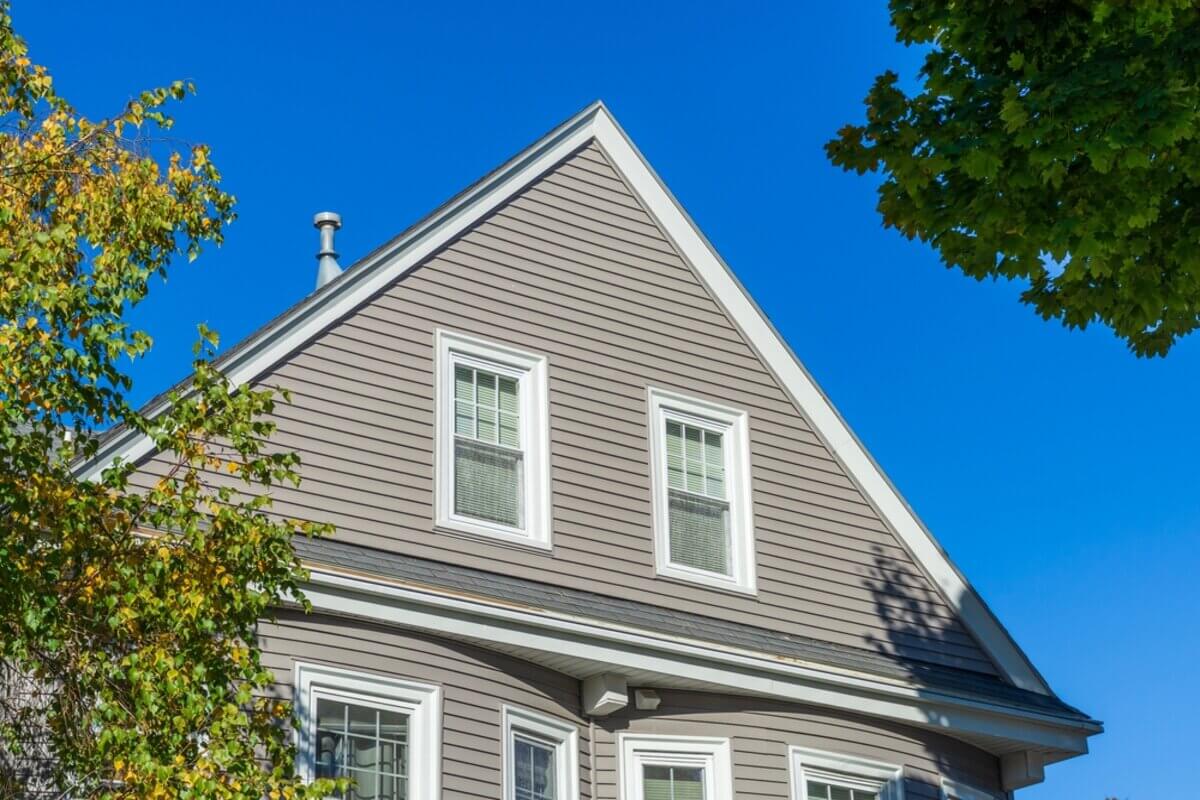Roofs are one of the most critical parts of any home, yet many overlook them. If you have ever wondered why most residential homes have slanted roofs while commercial buildings tend to have flat roofs, then this article is for you.
Keep reading to learn about the advantages and disadvantages of slanted roof design and why residential homes have sloped roofs and commercial buildings have flat roofs.
Slanted Roofs, Why?
The simple answer is that houses with slanted roofs are more efficient than flat roofs in many ways. These advantages are particularly noticeable when building a residential home.
The Pros of Slanted Roofs
There are a wide variety of advantages of slanted designed roofs.
Versatility
Slanted roofs give architects and engineers a great deal of flexibility and versatility. When it comes to home building, the cost of materials is one of the most critical factors. Slanted roofs, often made of metal roofs or asphalt shingles, are cheaper to construct than flat roofs, which require a membrane roofing system.
Energy Savings
A sloped roof allows for better airflow, providing a cooler environment inside the home. Better airflow can help reduce energy costs as the air conditioner doesn’t have to work as hard to keep temperatures comfortable.
Additionally, the angle of the slanting roof helps reduce direct sunlight on the home’s interior. Redirecting sunlight away from a home’s interior can help reduce temperatures and make it easier to maintain the temperature during hot months.
Finally, airflow can also help prevent the growth of mold and mildew, which is beneficial for health reasons.
Efficiency and Stability
Slanted roofs efficiently shed snow, ice, and rainwater from the top of the roof. The slant also helps stabilize the house so that wind, rain, and snow don’t hit the home as hard. When a roof is slanted, the force of the weather elements is split, so the roof is not as vulnerable to damage. This combination of factors reduces wear and tear on the roof.
Low Maintenance Costs
One of the most appealing reasons why roofs are slanted is that it is much more cost-effective in terms of maintenance. A slanted roof will allow water, leaves, and other debris to be washed away during the rainy season, which prevents the buildup of moss and other materials on the roof.
Since materials naturally fall from the roof, you don’t need to maintain the roof as frequently as a flat roof.
Reusing Rainwater
The angle of slanted roofs can effectively channel water from the building to the ground. Directing water off the roof prevents water from pooling on roofs and minimizes the risk of water infiltration in the house, protecting the structure’s integrity.
Slanting the roof also allows homeowners to install gutters more easily and capture rainwater for gardening or other purposes around their homes. Reusing rainwater is a great way to save money and reduce your carbon footprint.
The Cons of Slanted Roofs
Despite many advantages of a house with a slanted roof, there are several distinct disadvantages.
More Expensive
Slanted roofs are much more expensive to install than flat roofs. They require additional materials, extra labor, and specialized tools to construct. These other requirements can add up to high financial costs that can be a burden for any homeowner.
Inconvenient for Maintenance
Maintaining a slanted roof can be tricky and often requires special safety equipment. Slanted roofs can become damaged without proper care and maintenance, leading to leaks and other structural issues.
Higher Expenses in Repairs
Slanted roofs also require more expensive repairs than flat roofs when damage does occur. These repairs can be costly and time-consuming, taking away from other essential home improvements.
Inability to Utilize Space
Due to the slanted construction of the roof, it is challenging to utilize the space on top of the roof. The roof angle means they do not provide an excellent location for solar panels or other items that could be placed on a flat roof.
Why Do Commercial Buildings Have Flat Roofs and Residential Homes Have Sloped Roofs?
This is mainly due to the physical design of a building. The shape of a sloped roof helps it to shed rain, snow, and ice more efficiently. The ability to shed inclement weather is why residential homes typically have sloped roofs—the design helps protect the building from storm damage.
Commercial roofs are often flat. This is because flat roofs offer a level surface for workers to move around or for equipment to be placed on. Flat roofs are also cheaper to install since they require less material and labor.
Slated Roofs Are the Solution
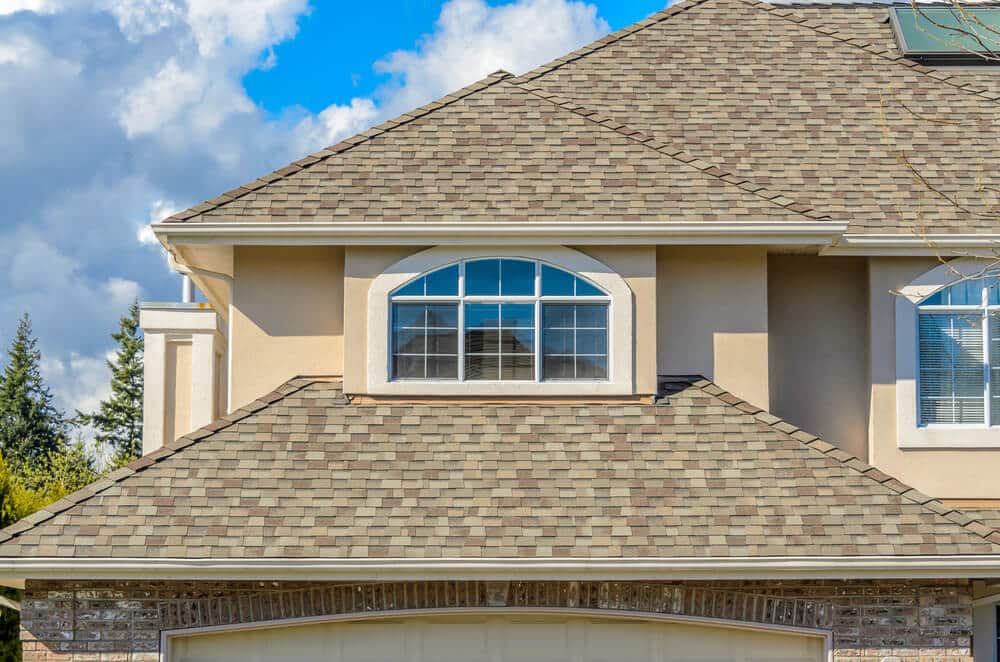
It mainly depends on the purpose of the building and why roofs are slanted or flat. Residential homes typically have sloped roofs to help protect the building from water damage, whereas commercial buildings often use flat roofs for the even and level surface they provide. Both designs have advantages and drawbacks, but sloping and flat roofs are essential for maintaining a home or building.
If you have questions about slanted roofs, our experts at Perfect Exteriors can help you. Contact us today.

